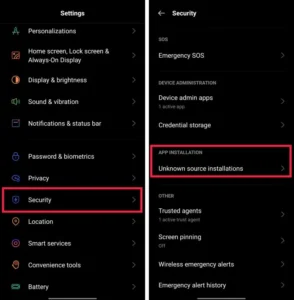If you’re a video game enthusiast, chances are you’re familiar with Bethesda and their epic RPGs. They’ve transported us to fantastical realms with The Elder Scrolls series, including iconic titles like Oblivion and Skyrim. They’ve immersed us in post-apocalyptic wastelands with the Fallout series. And now, they’ve set their sights on the cosmos with Starfield.
After over seven years in development, Bethesda faced high expectations for Starfield, given their track record of critically acclaimed games. The wait is finally over, and Starfield has landed in our gaming universe. For me, it feels like a journey akin to exploring Skyrim in space, both for better and worse.
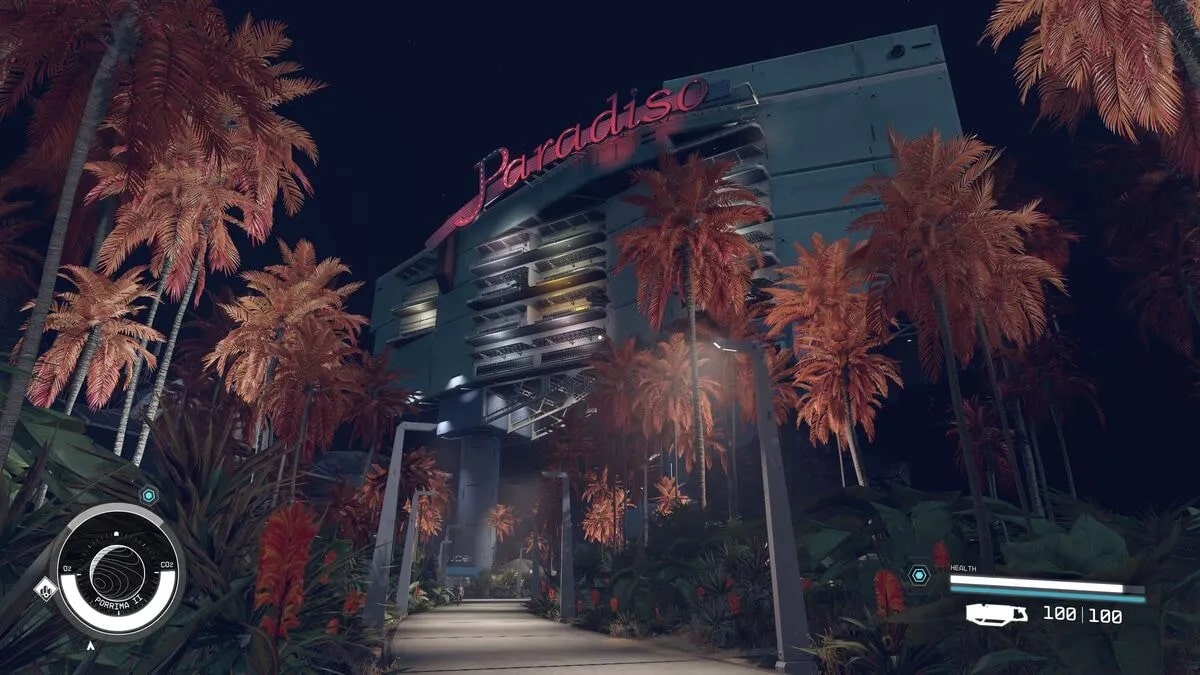
Bethesda’s Signature Style: For Better and Worse
In discussing Starfield, a colleague’s quote resonated with me: “It’s Bethesda, for better and worse.” Bethesda’s distinctive style is akin to watching a movie by renowned directors like Wes Anderson, Quentin Tarantino, or Christopher Nolan. If you’re familiar with their work, you know what to expect in terms of visuals and atmosphere. Starfield embraces this signature style, which I adore for its unapologetic resemblance to Skyrim in space. However, it’s also a double-edged sword, as it sometimes feels like a nostalgic safety net that could be stretched further. Additionally, Bethesda’s space portrayal lacks a certain sci-fi depth.

Starfield’s Ambitious Universe
Starfield is a colossal single-player space RPG that, despite occasional yearnings for multiplayer, offers an incredibly expansive experience. In this game, you can shape your character, embark on a main storyline with the Constellation group, customize and pilot your spaceship, join various factions, tackle numerous side missions, and explore thousands of procedurally generated planets. There’s outpost construction, lockpicking, zero gravity combat, impactful decisions to make, romanceable companions, and much more.

The game quickly throws you into the action, reminiscent of Skyrim’s iconic “hey you, you’re finally awake” moment. You get a taste of the dialogue, story, and gameplay before diving into Bethesda’s meticulous character customization system. From there, you set off on your adventure, acquire a spaceship, and chart your course among the stars. The game offers flexibility, allowing you to follow the main story or delve into captivating side missions.
Bethesda Jank and Combat
Bethesda games are often associated with a particular quirk known as “Bethesda jank,” characterized by somewhat sluggish and not-quite-perfect combat mechanics. Starfield doesn’t escape this legacy, delivering combat reminiscent of Skyrim’s melee-focused style but without Fallout’s VATS automatic targeting system (thankfully). While the combat retains Bethesda’s signature charm, it doesn’t reach the heart-pounding intensity of games like Destiny 2 or Mass Effect.

For those looking to minimize the “Bethesda jank,” I highly recommend using a mouse and keyboard. While I’m typically a controller enthusiast, mouse and keyboard controls provide a more fluid combat experience, enabling quick weapon swaps, precise aiming, and efficient room scans for valuables.
Weapons and Skills
One standout feature in Starfield is its diverse array of weapons. From ballistic and laser weapons to electromagnetic armaments, they look, sound, and feel fantastic. The inclusion of jetpacks adds an extra layer of excitement, especially when combined with the varying gravity levels on different celestial bodies.
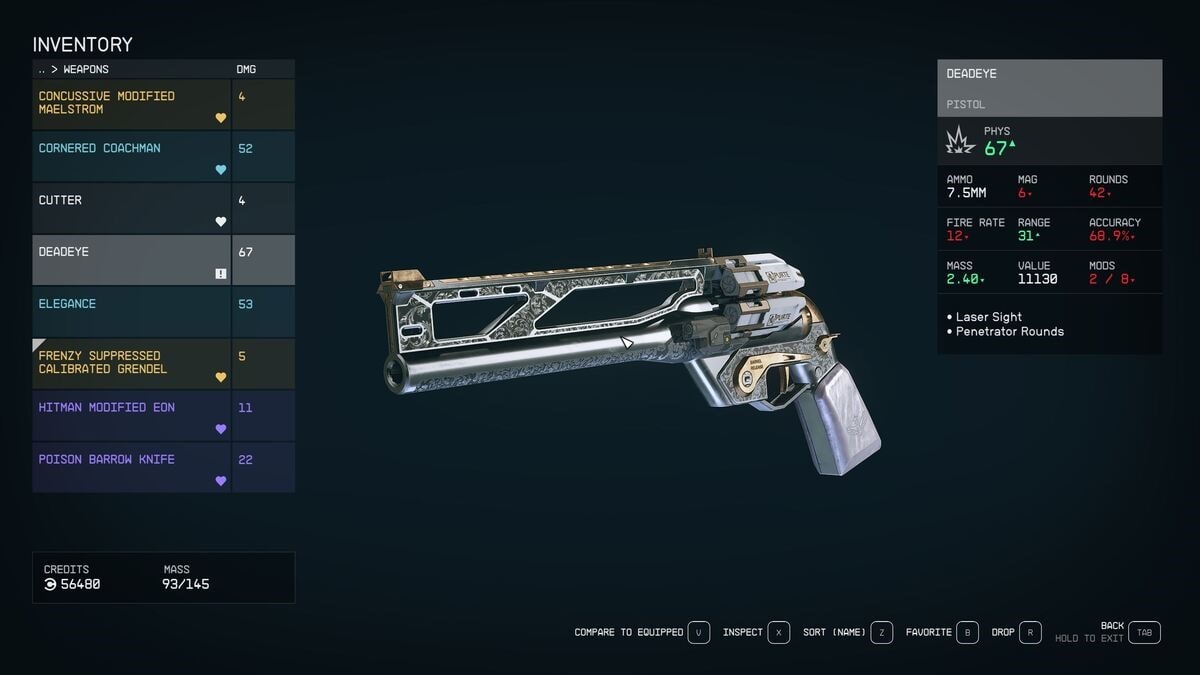
In terms of character progression, Starfield departs from the class-based system of Skyrim, splitting its 82 skills into five categories: Physical, Social, Combat, Science, and Tech, each with five tiers. This system encourages specialization but may require a substantial time investment to unlock all skills fully. Skill challenges provide opportunities for rank-ups, offering a fresh twist on character development.
The Campaign and Storytelling
Starfield’s main storyline, while competent, lacks the daring innovation one might expect from Bethesda. It occasionally leans into fetch quests, but it redeems itself with exhilarating, cinematic missions. The New Game Plus feature stands out as a clever approach to replayability. Overall, the storytelling in Starfield retains Bethesda’s trademark style, with occasional disjointedness and unfulfilled potential in pivotal moments.
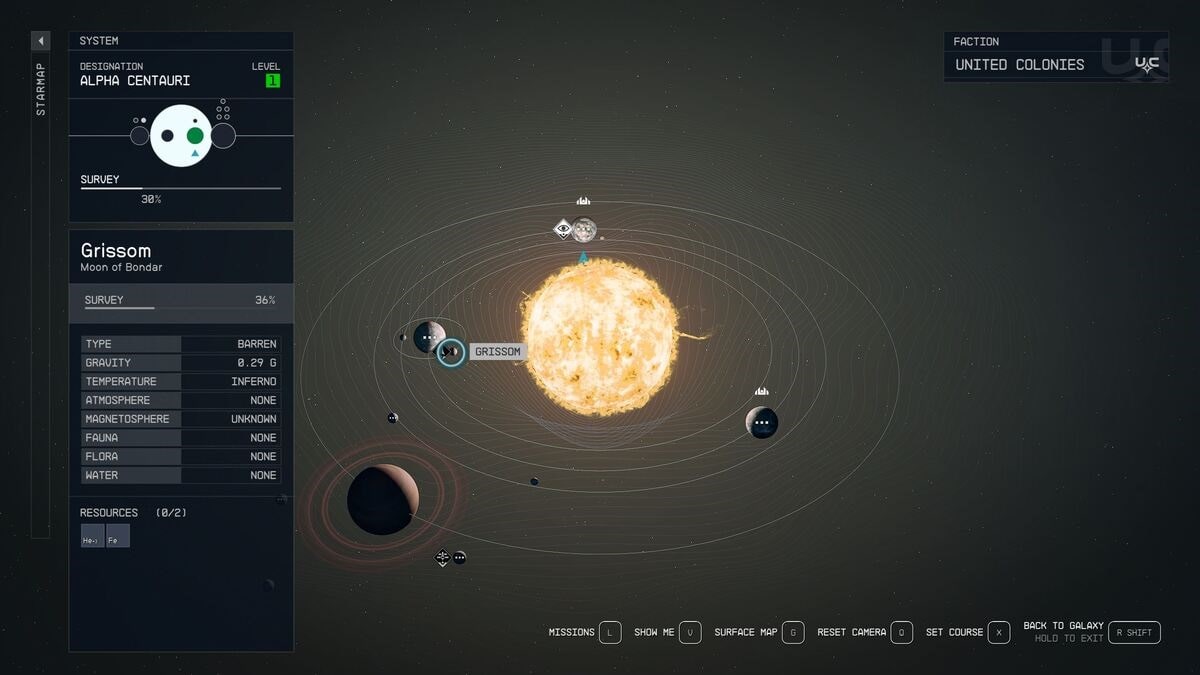
Decisions and Side Missions
While Starfield introduces decisions that impact the narrative, they may not match the depth and quality seen in similar games like Mass Effect. Nevertheless, they offer a decent level of replayability, particularly within the main campaign. Side missions shine as a highlight of Starfield, providing a plethora of engaging stories that often surpass the main questline in quality.
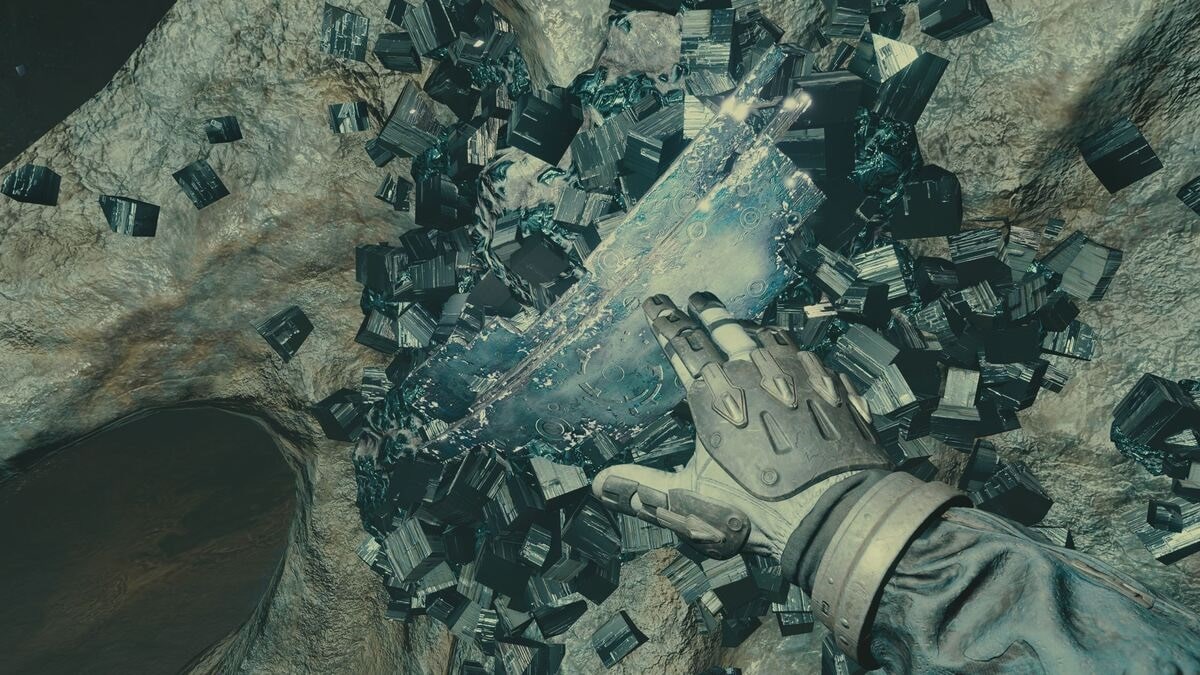
Spaceship and Cutscenes
One disappointment in Starfield is the limited use of your spaceship. You’re confined to using it only in orbit around planets and moons, with uninspiring, monotonous cutscenes serving as transitions. This hands-off approach hampers the immersive freedom and tactile thrill seen in games like Outer Wilds and Subnautica, where seamless exploration and vehicle interaction are key components. Starfield’s spaceship customization options are also surprisingly limited, and the fast travel system hinders the sense of adventure.
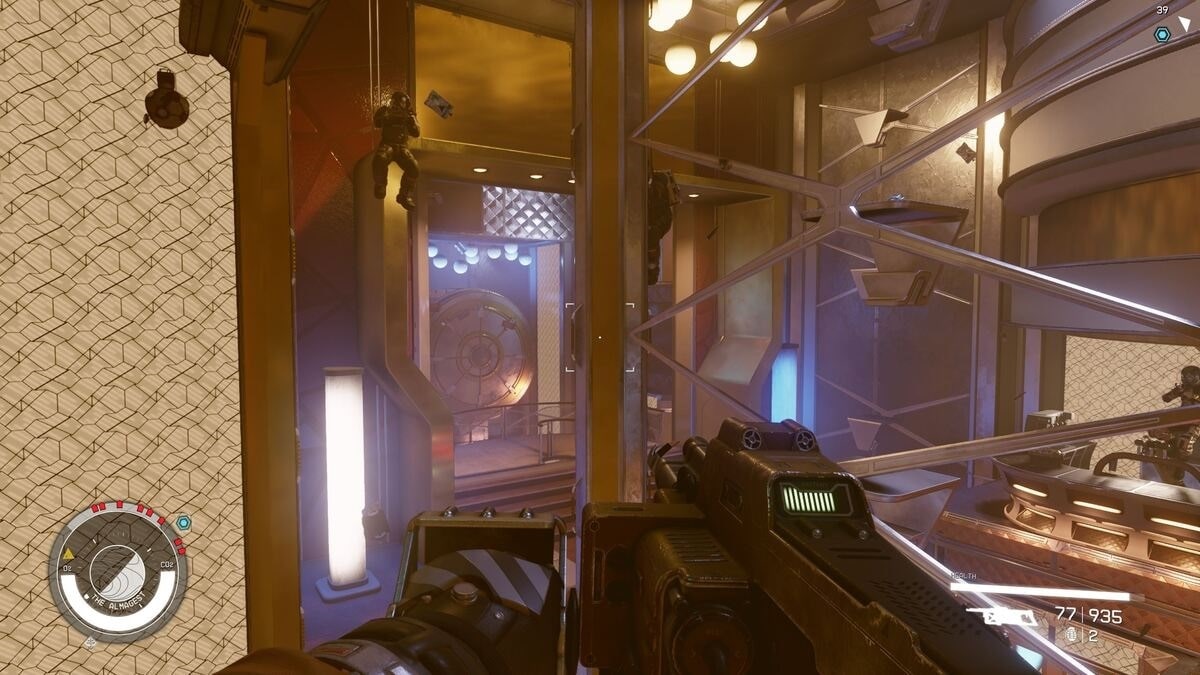
Starmap and Exploration
Exploration in Starfield suffers from the starmap’s dominance as the primary method of navigation. While functional, it discourages spontaneous discovery and sidelines the thrill of exploration found in titles like Skyrim. The absence of land vehicles leaves you solely reliant on fast travel, eliminating the curiosity-driven exploration that made past Bethesda games so captivating.
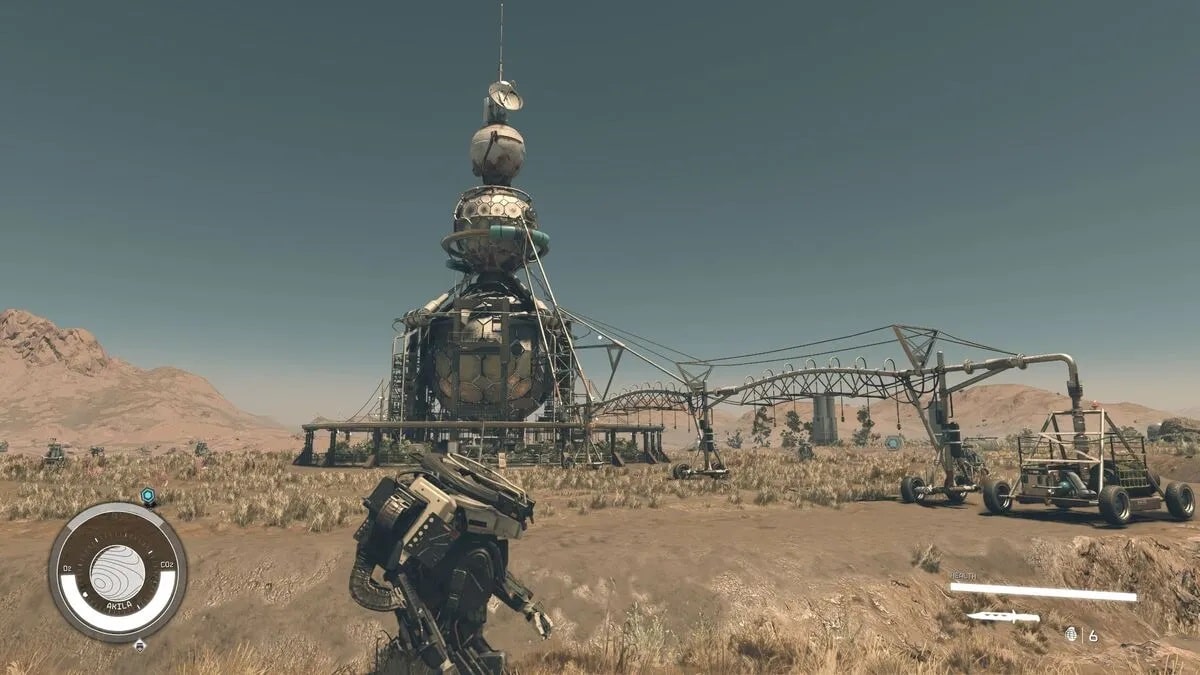
Worldbuilding and Procedurally Generated Planets
Bethesda’s worldbuilding prowess is evident in Starfield, offering a grounded, post-NASA sci-fi future. The attention to detail is astounding, from bustling cities to meticulously cluttered outposts. The procedurally generated planets, while visually appealing, are relatively barren. The experience of landing and trekking to objectives lacks the richness of other open-world games, primarily due to the absence of captivating encounters during your journey.
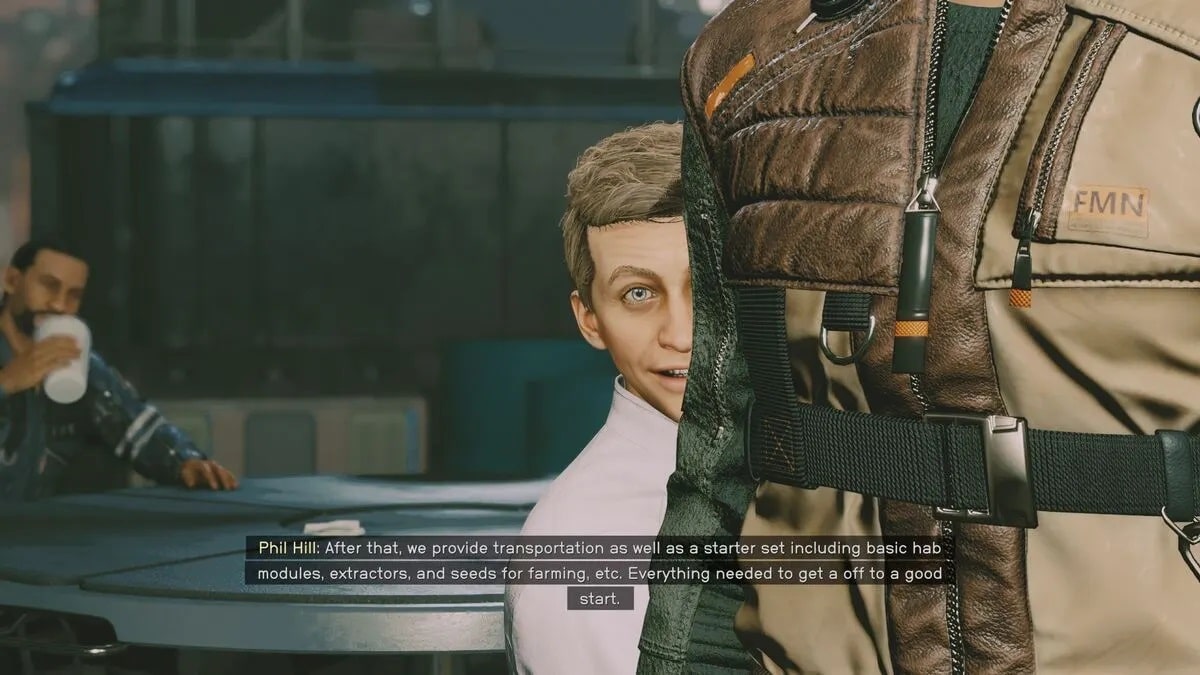
Graphics, Performance, and Music
Starfield impresses with its minimal number of bugs and glitches, a departure from Bethesda’s historical issues at launch. The graphics are breathtaking, although they may inevitably age over time, as is common in games striving for realism. However, the original soundtrack, composed by Inon Zur, shines as a magical component that enhances the overall experience.
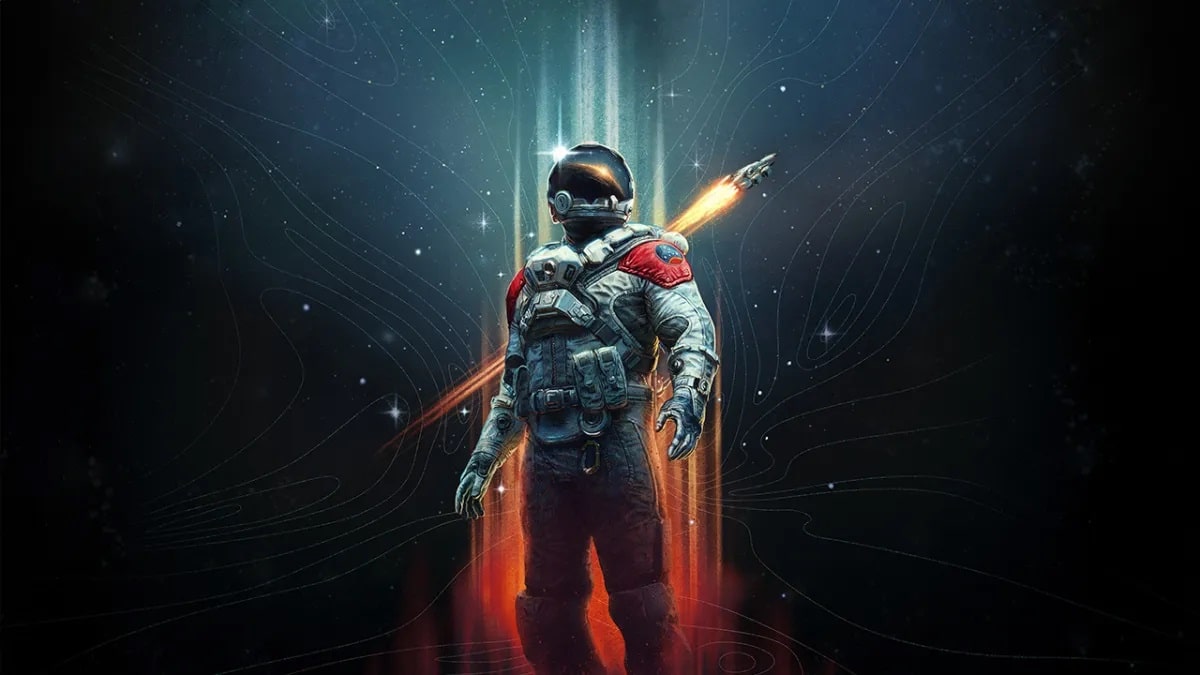
The Verdict
Despite the criticisms, Starfield remains a remarkable game. Bethesda’s signature charm, ambition, and world-building shine through in various aspects, from combat and dialogue to faction dynamics and storytelling. While it falls short in space travel and fast travel mechanics, the game’s overall appeal is undeniable. Starfield offers a unique, immersive experience that beckons players to the stars, much like Skyrim did in its own realm.
The Verdict: 8.5/10
In summary, Starfield is an ambitious sci-fi adventure that’s incredibly enjoyable, nostalgically captivating, and likely to age gracefully. Although it clings to certain dated conventions, it stands as yet another classic from Bethesda, beckoning players to embark on an unforgettable journey to the stars.”




